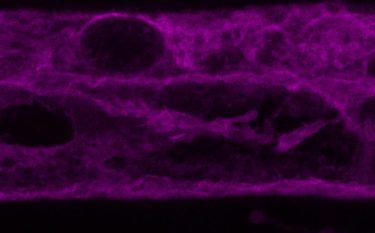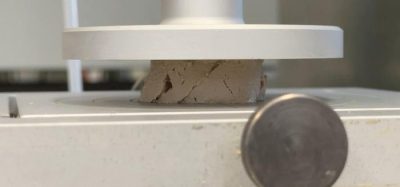New discovery in plant cell operations could be key to better crops
- Like
- Digg
- Del
- Tumblr
- VKontakte
- Buffer
- Love This
- Odnoklassniki
- Meneame
- Blogger
- Amazon
- Yahoo Mail
- Gmail
- AOL
- Newsvine
- HackerNews
- Evernote
- MySpace
- Mail.ru
- Viadeo
- Line
- Comments
- Yummly
- SMS
- Viber
- Telegram
- Subscribe
- Skype
- Facebook Messenger
- Kakao
- LiveJournal
- Yammer
- Edgar
- Fintel
- Mix
- Instapaper
- Copy Link
Posted: 15 June 2020 | Bethan Grylls (New Food) | No comments yet
A team of researchers believe aquaporins (AQPs) hold the answer to bigger crop yields and more resilient farming assets.


A team of researchers believe they may have unlocked a way to develop bigger crop yields and a greater ability to manage extreme conditions.
Everything that a plant requires to grow first passes through its cells’ membranes, which are guarded by a sieve of microscopic pores called aquaporins (AQPs).
These AQPs are found inside every part of a plant – from its roots to the flowers – and are responsible for transporting different molecules in each location. They do this at an impressive 100 million molecules per second.
The configuration of an APQ channel determines the substrate it delivers to, and therefore, its function. For example, the transport of water and nutrients from roots to shoots.
The researchers believe AQPs play a vital role in energy conversion through photosynthesis and how a plant uses water.
“AQPs are ancient channel proteins that are found in most organisms, from bacteria to humans. In plants, they are vital for numerous plant processes, including water transport, growth and development, stress responses, root nutrient uptake, and photosynthesis,” explained former PhD student Annamaria De Rosa from the ARC Centre of Excellence for Translational Photosynthesis (CoETP) at The Australian National University (ANU).
The hope is that the manipulation of AQPs will open up a variety of useful applications for agriculture, for example enhanced crop productivity and resilience to environmental change.
But up until now, details of their diversity, evolution and functional roles inside the plant have been sparse.


Tagging aquaporins with fluorescent protein shows their location in the cell membrane. These gatekeepers help move substances in and out of the cell. Credit: Annamaria De Rosa, CoETP
According to the researchers, they have managed to identify all the various types of AQPs found in tobacco (Nicotiana tabacum), a model plant species closely related to major economic crops such as tomato, potato, eggplant and capsicum. Tobacco was used as it is a fast-growing model species which allowed the group to scale from the lab to the field and assess performance in a real-life setting. Moreover, it is related to several significant commercial crops, meaning the results could be easily applied to species like tomato and potato.
“Tobacco itself has own commercial applications and there is a renewed interest in the biofuel and plant-based pharmaceutical sectors,” explained Dr Michael Groszmann from the Research School of Biology and the CoETP at ANU.
“We described 76 types of these microscopic hour-glass shape channels based on their gene structures, protein composition, location in the plant cell and in the different organs of the plant and their evolutionary origin. These results are extremely important as they will help us to transfer basic research to applied agriculture,” added De Rosa.
According to the team, the diversity of AQPs, in relation to their function and the substrates they transport, mean there is a range applications they can be potentially be applied to. For example, improved salt tolerance, more efficient fertiliser use, better drought tolerance, and more effective response to disease infection.
“They (AQPs) are currently being used in water filtration systems and our results could help to expand these applications. The future of AQPs is full of possibilities,” concluded Dr Groszmann.
Related topics
Related organisations
ARC Centre of Excellence for Translational Photosynthesis (CoETP), The Australian National University (ANU)








